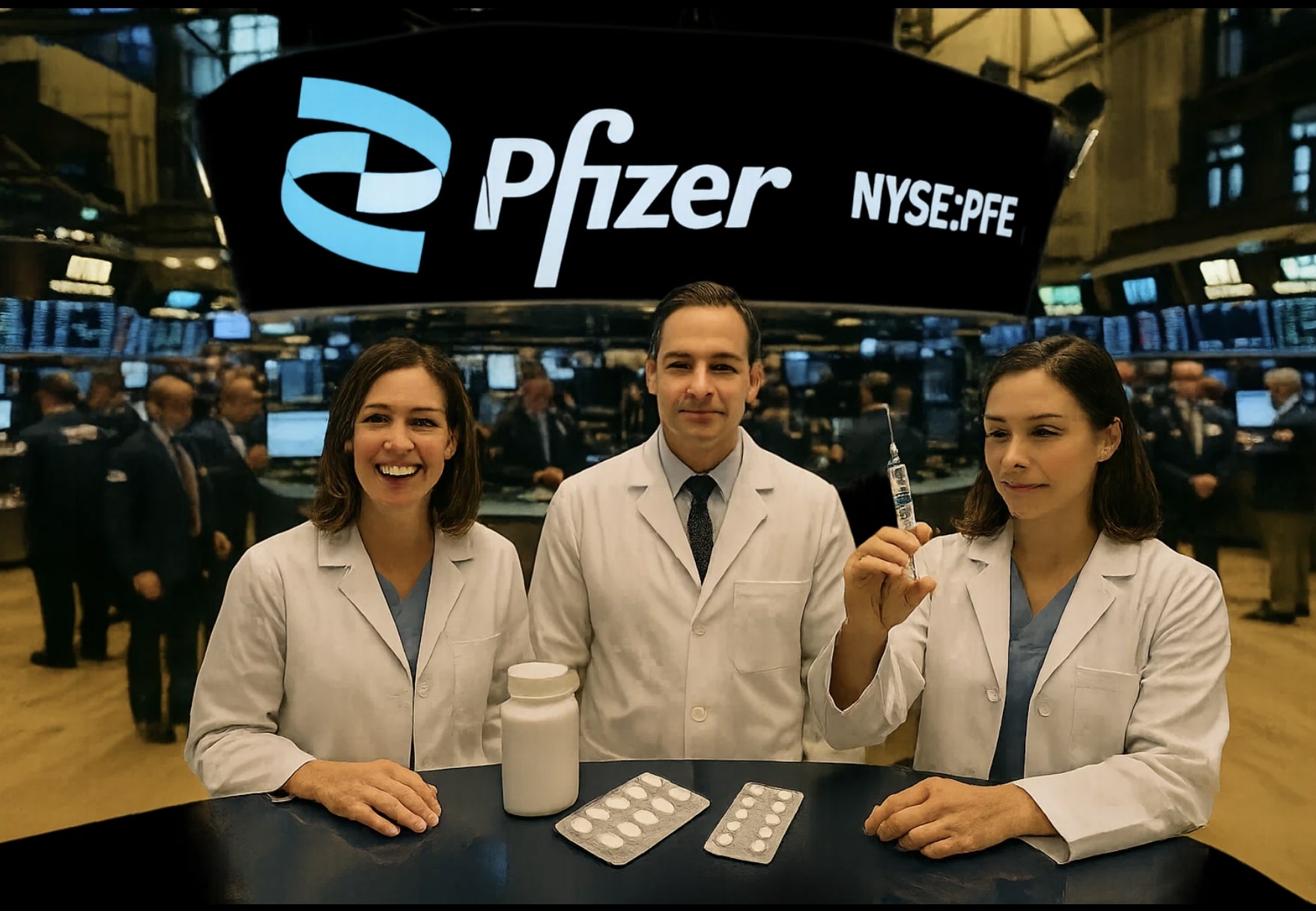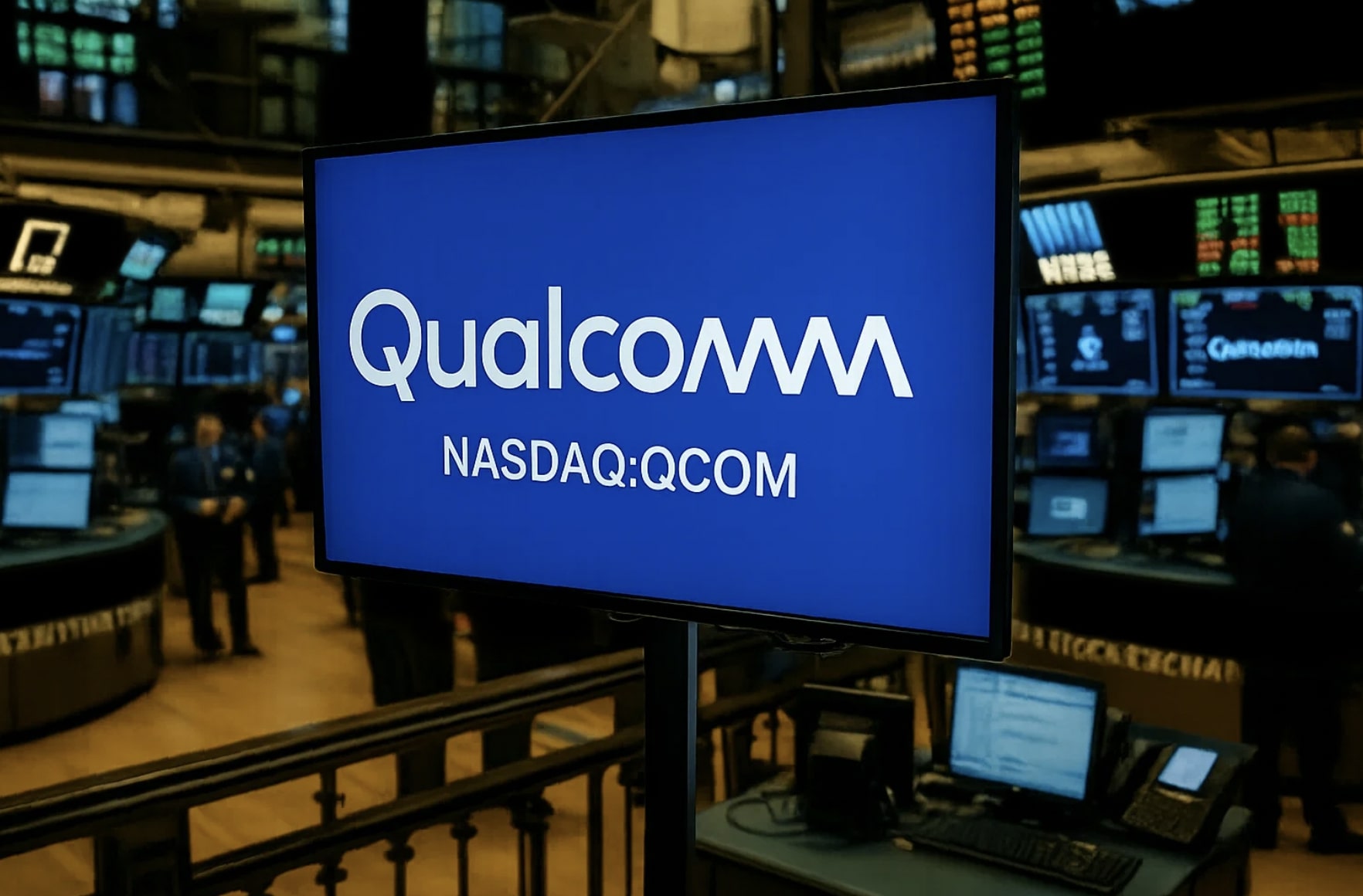
Mastercards Q2 2023 Financial Performance NYSE:MA Stock
Mastercard's Recent Success, Growth Prospects, and Market Position: Analyzing Earnings, Revenue, Shareholder Returns, and Strategic Insights for Investors and Financial Enthusiasts | That's TradingNEWS
NYSE:MA Stock Overview
Mastercard Incorporated (NYSE: MA) is a technology company in the global payments industry that connects consumers, financial institutions, merchants, governments, and businesses worldwide. The firm's recent financial data and stock performance details can be reviewed at this link.
Stock Performance and Market Data
- Current Price: 392.17 USD, down 0.45 (-0.11%) at close on August 18, 2023.
- 52 Week Range: 276.87 - 405.19 USD.
- Volume: An average of 2,727,991 shares traded, with 1,990,048 on the most recent day.
- Market Cap: 371.632 billion USD.
- Beta (5Y Monthly): 1.11, reflecting a level of volatility close to the market average.
- PE Ratio (TTM): 39.14, indicating a relatively high valuation.
- EPS (TTM): 10.02 USD.
- Dividend Yield: Forward Dividend & Yield of 2.28 (0.58%).
Earnings and Revenue Insights
- Earnings Date: Scheduled between Oct 25, 2023, and Oct 30, 2023.
- Earnings Estimates: Analysts are estimating an average EPS of 3.22 for the current quarter (Sep 2023) and 3.24 for the next quarter (Dec 2023).
- Revenue Estimates: 6.54 billion USD is the average revenue estimate for the current quarter, with a high estimate of 6.66 billion USD and a low estimate of 6.45 billion USD.
Recent Performance and Growth Prospects
- Earnings History: Mastercard exceeded EPS estimates in the last four quarters, with surprises ranging from 2.50% to 4.70%.
- Growth Estimates: Current quarter growth is expected to be 20.10%, while the next quarter projects 22.30%. The next five-year growth (per annum) is estimated at 17.45%.
Valuation and Trading Information
- Valuation Measures: Market Cap of 369.51 billion USD, with a Forward P/E of 32.26 and Price/Sales ratio of 15.93.
- 52-Week Change: 13.50%, compared to S&P500 52-Week Change of 5.60%.
- Moving Averages: 50-Day Moving Average at 390.21 USD and 200-Day Moving Average at 368.25 USD.
Share Statistics and Dividends
- Shares Outstanding: 940.18 million, with 933.41 million in the float.
- Dividends & Splits: Forward Annual Dividend Rate of 2.28 and a Payout Ratio of 19.87%. Last Split Factor was 10:1 on Jan 21, 2014.
Financial Highlights
- Profitability: Profit Margin of 43.37% and Operating Margin of 57.14%.
- Balance Sheet: Total Cash of 6.51 billion USD, with a Total Debt of 15.62 billion USD.
- Cash Flow: Operating Cash Flow of 11.57 billion USD and Levered Free Cash Flow of 10.49 billion USD.
Major Holders
- Institutional Holders: Vanguard Group, Blackrock Inc., and State Street Corporation are among the top institutional holders.
- Mutual Fund Holders: Vanguard Total Stock Market Index Fund, Vanguard 500 Index Fund, and Growth Fund Of America Inc. lead in this category.
Q2 2023 Financial Results
- Net Income: $2.8 billion, with diluted EPS of $3.00.
- Adjusted Net Income: $2.7 billion, and adjusted diluted EPS of $2.89.
- Net Revenue: $6.3 billion, an increase of 14%, or 15% on a currency-neutral basis.
- Gross Dollar Volume: Up 12%, and purchase volume up 14%, on a local currency basis.
Net Income and Earnings Per Share
The second quarter of 2023 saw Net Income at $2.8 billion, translating to a diluted earnings per share (EPS) of $3.00. This represents a robust financial position for the company, as these figures indicate the profitability and earnings available to common shareholders.
When adjusted for specific one-time items or unusual occurrences, the Adjusted Net Income stands at $2.7 billion, with an adjusted diluted EPS of $2.89. These adjustments often provide a more nuanced view of a company's ongoing operations by excluding non-recurring expenses or gains.
Net Revenue Growth
The company reported Net Revenue of $6.3 billion, marking a 14% increase. When considered on a currency-neutral basis, the growth rate slightly improves to 15%. This rise in revenue reveals Mastercard's ability to expand its market share and effectively monetize its product and service offerings.
Gross Dollar Volume and Purchase Volume
The Gross Dollar Volume was up by 12%, and the purchase volume increased by 14% on a local currency basis. These figures are crucial in understanding consumer behavior and Mastercard's ability to facilitate transactions.
Gross Dollar Volume reflects the total transaction value conducted using Mastercard's network, illustrating the brand's penetration and acceptance in various markets. The 12% growth is a sign of increased usage and confidence in the company's payment platform.
Similarly, the 14% uptick in purchase volume indicates an increased engagement of customers using Mastercard for their buying needs. It may reflect a broader economic trend of consumer spending or signify a successful marketing and positioning strategy by the company.
Currency Neutral Analysis
Considering the fluctuations in global currency markets, the currency-neutral basis figures present an important perspective. By eliminating the impact of foreign currency fluctuations, the growth rates provide a more transparent view of the company's underlying performance. This currency-neutral growth of 15% in Net Revenue and 14% in purchase volume further emphasizes Mastercard's ability to achieve consistent growth in various economic conditions.
NYSE:MA - Total Shareholder Return (TSR) vs. Share Price Return
Total shareholder return (TSR) and share price return are two key metrics for analyzing an investment. While share price return considers only the changes in the stock price, TSR offers a comprehensive view by factoring in dividends and the calculated value of any discounted capital raisings and spin-offs. The difference becomes more significant for stocks that pay dividends, such as Mastercard.
Over the last five years, Mastercard's TSR was 101%, bettering the share price return. Dividend payments are largely credited for this enhancement.
NYSE:MA - A Different Perspective
Mastercard's total shareholder return of 14% in the last twelve months, inclusive of the dividend, falls short of the impressive 15% TSR per annum over five years. Even though the share price is up 96% in the last 5 years, surpassing the market return of 53%, recent gains have only been 14%, including dividends.
This somewhat modest recent gain might indicate market pessimism despite the company's compound earnings per share (EPS) growth of 19% per year, higher than the 14% annual increase in the share price.
NYSE:MA - Earnings Forecast and Historical Performance
Q2 earnings are due for Mastercard on July 27th, 2023. Building on solid Q1 results, the shares have been trending upward, supported by the overall market's upward movement. Though it has underperformed the S&P 500 in the last quarter, Mastercard's long history of beating earnings estimates (15 out of the last 16 quarters) portrays a favorable picture.
For Q2, analysts anticipate EPS of $2.83 (10.5% YoY growth) and revenue of $6.17 billion (12.20% YoY growth). This surpasses last year's figures of $2.56 and $5.5 billion, respectively. Mastercard's financial outlook for Q2 projects a "high-end of low double-digits" increase YoY, possibly outdoing analysts' estimates.
NYSE:MA - Key Growth Metrics and Earnings Revisions
Mastercard's earnings revisions have been trending down, but this lowered hurdle might position the company to beat expectations. In Q1 2023, MA reported a beat on both EPS and revenue, highlighting areas like cross-border volume (35% YoY gain) and adjusted operating margins (58.2%).
Additionally, switched transactions grew 12% in the last quarter, and gross dollar volume also grew YoY. The company's earnings growth history is commendable, only retracting during Covid. This history, coupled with Mastercard's own promising revenue growth forecast, suggests that the company might exceed earnings expectations once again.
NYSE:MA - Valuation and Dividend
Trading below its fair value historical range, Mastercard's share offers an appealing investment, especially for long-term investors seeking growth. Alongside share price appreciation, the company pays a dividend with a low yield of 0.56%, but with a remarkable 10-year CAGR at 28.44%.
Mastercard has also announced a $9 billion buyback program, demonstrating its focus on returning capital to shareholders. For real-time Mastercard stock chart, click here.
NYSE:MA - Visa Inc. (NYSE:V) Comparison
Mastercard and Visa are international giants in the payment processing arena, offering plenty of room for growth as they diversify and cash usage continues to decline. Both trade below their historical valuations, though Mastercard trades at a 21% premium over Visa.
Despite decades of market outperformance, Mastercard still has high double-digit growth. In Q2-2023, Mastercard's revenue growth (15%) exceeded Visa's (13%). Although Visa outgrew Mastercard in absolute dollars, the margin gap widened, tilting the advantage to Mastercard.
Reaffirming the Investment Thesis
Both Visa and Mastercard are powering the digitalization of payments worldwide. With cash still accounting for trillions in transactions, their growth prospects remain robust. The non-consumer-payment businesses are also growing rapidly, with Mastercard's value-added services revenues at $2.2B in Q2-2023 (up 16.3% Y/Y).
Mastercard's 21% premium compared to Visa is often linked to its potential to outgrow its larger peer. The comparison of their Q2-2023 results does indicate that Mastercard is outgrowing Visa, albeit with a smaller margin.
Updated Mastercard Model
NYSE:MA - Revenue Growth Projections
In our analysis of Mastercard (MA), a critical component is the revenue growth. Utilizing a discounted cash flow (DCF) methodology, we have projected a Compound Annual Growth Rate (CAGR) of 10.0% for the period 2023 to 2030. This growth assumption forms the cornerstone of our valuation model and offers insight into the long-term financial dynamics of Mastercard. Here's a detailed breakdown of the factors that influence this projection:
1. Market Trends and Competitive Landscape
The global financial technology sector is witnessing rapid advancements, and Mastercard's position within this ecosystem plays a vital role in shaping its growth trajectory. Innovations in payment technology, increased adoption of online commerce, and a shift toward a cashless society all contribute to the company's potential growth in the coming years.
2. Regulatory Environment
Regulations within the financial industry can significantly impact Mastercard's operations. A favorable regulatory landscape that promotes digital payments could enhance the company's growth, while restrictive policies may limit its ability to expand into new markets or offer innovative products. An understanding of the regulatory environment in key markets is, therefore, crucial for assessing Mastercard's future prospects.
3. Technology Adoption and Strategic Partnerships
Mastercard's ability to adapt to emerging technologies and form strategic partnerships is a key driver of growth. By aligning with fintech startups, banks, and other financial institutions, Mastercard can continue to innovate and expand its product offerings, thereby enhancing its revenue stream. Explore the real-time chart here to understand the impact of recent alliances on the stock price.
4. Geographical Expansion
With a presence in over 210 countries, Mastercard's global footprint offers substantial growth opportunities. Expanding into emerging markets, where digital payments are still in the early adoption phase, provides additional room for revenue expansion.
5. Risk Factors
While the growth projection of 10.0% CAGR appears optimistic, it is essential to recognize the potential risks that may impede this growth. Macroeconomic factors, competition from rival companies, cybersecurity threats, and sudden regulatory changes can pose significant challenges. A nuanced understanding of these risks is vital for a well-rounded analysis of Mastercard's prospects.
6. Historical Performance and Future Indicators
Evaluating Mastercard's historical revenue growth alongside key financial indicators provides context for the projected CAGR. Analyzing trends in operating margins, profit margins, customer retention, and market share will contribute to a comprehensive understanding of the company's future growth potential.
Conclusion of Revenue Growth Analysis for NYSE:MA
This deep dive into Mastercard's projected revenue growth showcases a multi-faceted approach to understanding the company's financial future. By considering market trends, the regulatory environment, technology adoption, geographical expansion, risks, and historical performance, we have framed a detailed analysis that underscores the potential for a 10.0% revenue growth CAGR between 2023 and 2030.
Investment Overview and Outlook
NYSE:MA - Stock Performance Analysis
Mastercard's current price stands at 392.17 USD, marginally down by 0.11% at the close on August 18, 2023. With a 52-week range of 276.87 - 405.19 USD and an average volume of 2,727,991 shares traded, the stock's liquidity and market interaction seem stable. The Market Cap at 371.632 billion USD and the Beta of 1.11 further indicate a relatively strong positioning within the market.
NYSE:MA - Valuation and Earnings Insights
A PE Ratio of 39.14 is suggestive of a high valuation for Mastercard, which might be a concern for value-oriented investors. However, the forward P/E of 32.26 and Price/Sales ratio of 15.93 suggest a somewhat more balanced picture. The projected earnings of 3.22 and 3.24 for the upcoming two quarters reflect analyst confidence in Mastercard's continued performance.
NYSE:MA - Growth and Profitability Metrics
With growth estimates of 20.10% for the current quarter and 22.30% for the next, Mastercard's growth trajectory seems promising. Profit Margins of 43.37% and Operating Margins of 57.14% speak volumes about the company's efficiency in translating revenues into profits.
NYSE:MA - Dividends, Splits, and Share Statistics
A forward dividend yield of 2.28 (0.58%) and a payout ratio of 19.87% indicate a moderate dividend policy. The last split factor of 10:1 on Jan 21, 2014, reveals the company's previous approach to managing its share price.
NYSE:MA - Financial Health and Cash Flow
Mastercard's balance sheet reveals a comfortable cash position of 6.51 billion USD, against a total debt of 15.62 billion USD. The Operating Cash Flow of 11.57 billion USD and Levered Free Cash Flow of 10.49 billion USD further substantiate the company's solid financial standing.
NYSE:MA - Comparison with Visa Inc. (NYSE:V)
Comparing Mastercard with Visa offers insights into the competitive landscape. While both giants in payment processing, Mastercard's Q2-2023 revenue growth (15%) exceeded Visa's (13%). The 21% premium Mastercard commands over Visa may be linked to its growth potential.
Investment Conclusion for NYSE:MA
Mastercard's Q2 2023 performance and subsequent data analysis lead to a cautiously optimistic outlook. Key growth metrics, earnings revisions, and a valuation that appears below its historical fair value range combine to present Mastercard as a potentially appealing investment, especially for long-term investors.
However, the high valuation (P/E ratio) and the sensitivity to potential regulatory changes or global economic shifts could be concerns for some investors. The currency-neutral growth figures and the strategic positioning against competitors like Visa further add layers to this investment thesis.
For those bullish on the continued digitalization of payments and Mastercard's strategic growth initiatives, the investment seems justified both in short and long-term scenarios. Nevertheless, continuous monitoring of regulatory environments, technological advancements, and macroeconomic trends will be crucial in making informed investment decisions regarding NYSE:MA.
The real-time Mastercard stock chart can be followed here, providing a continuous update on the stock's performance and reinforcing the investment thesis.
That's TradingNEWS
















